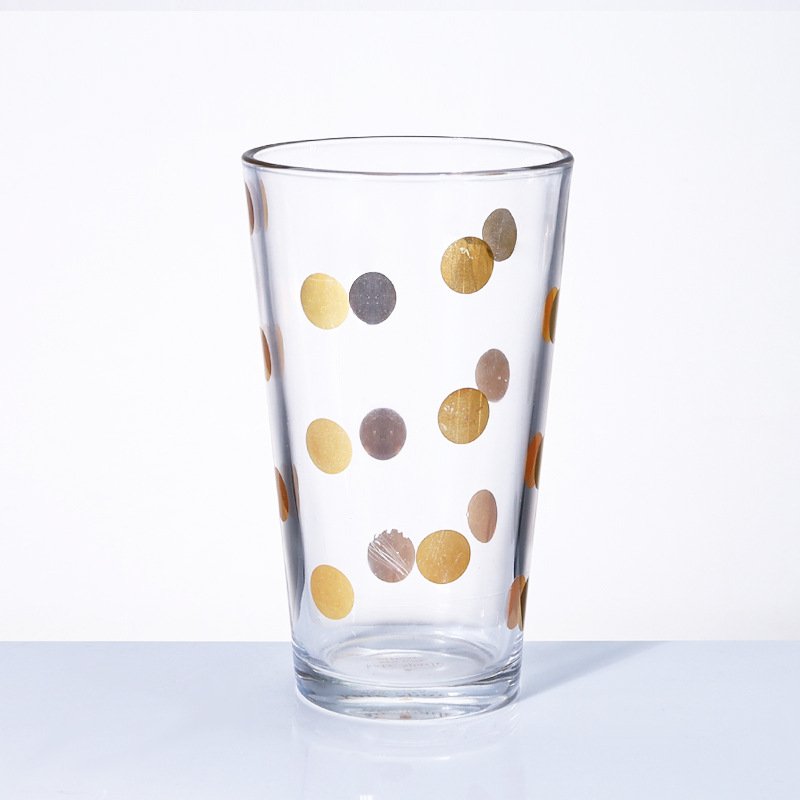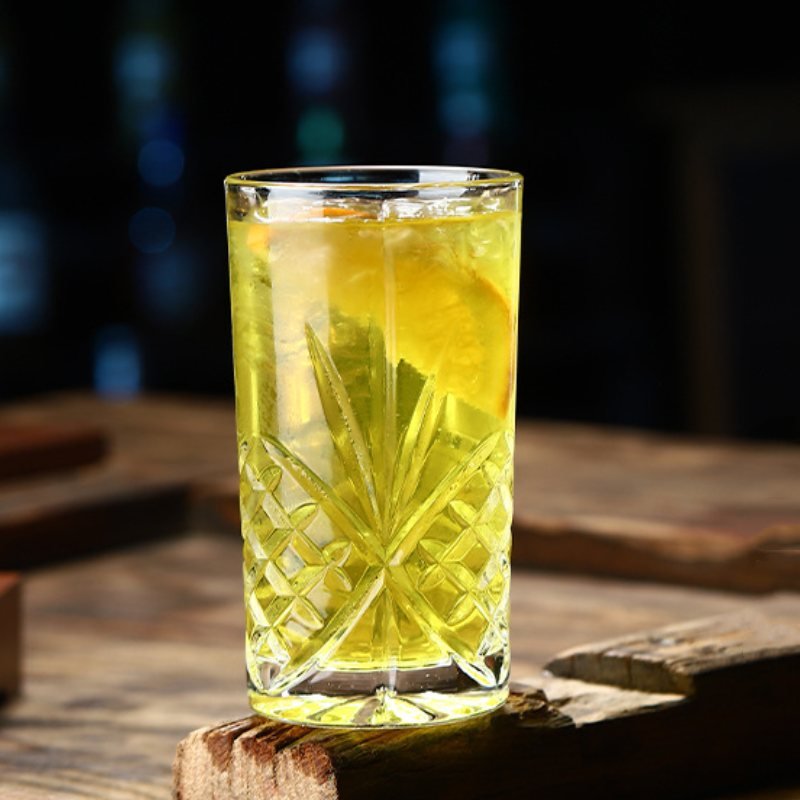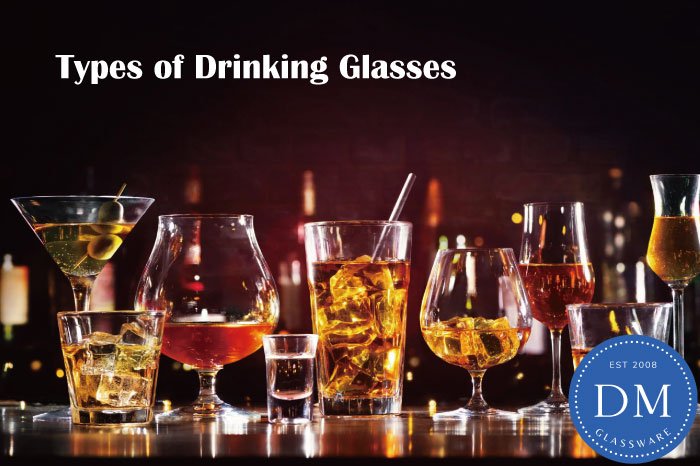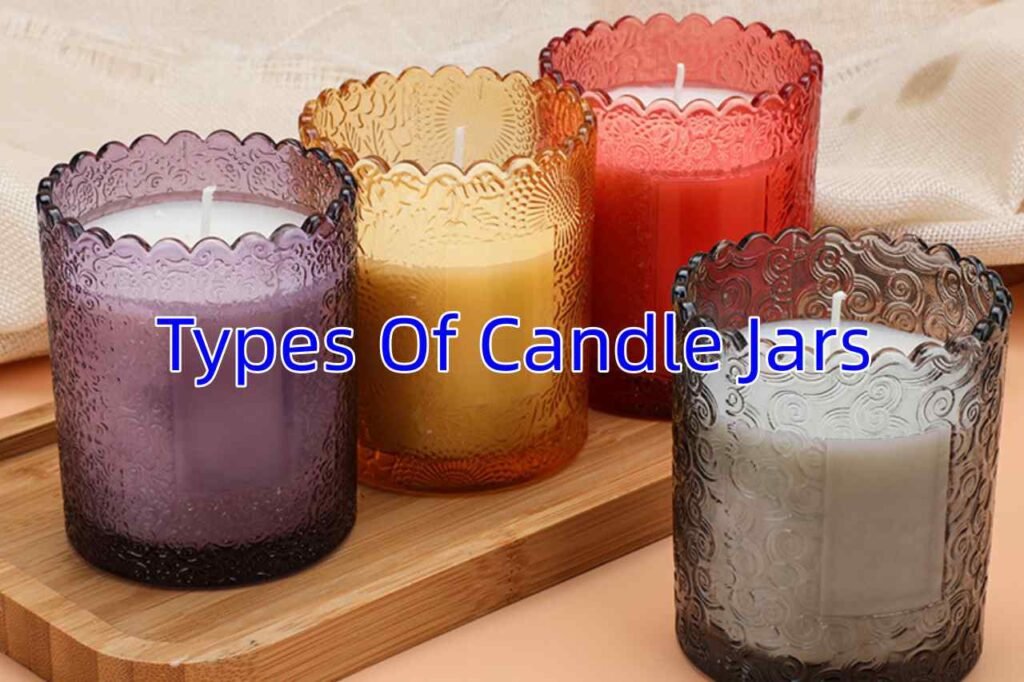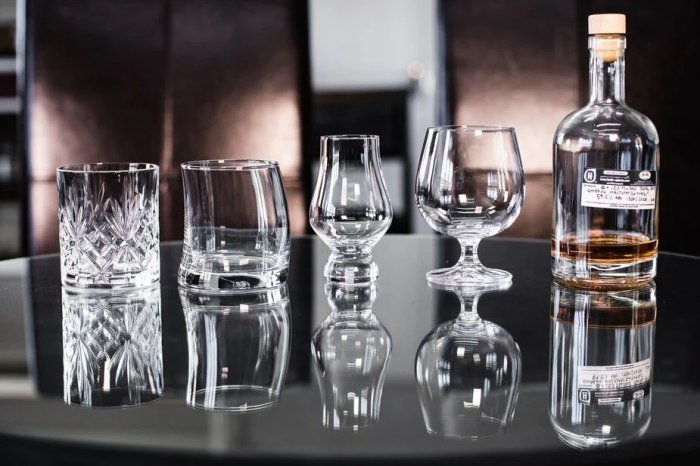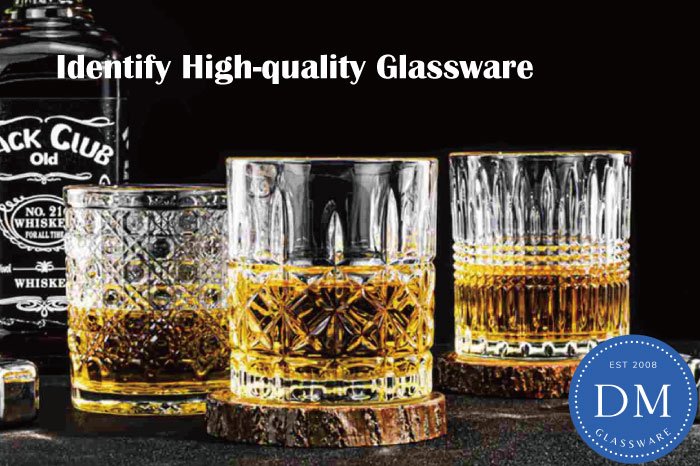
What Size of Drinking Glass Is Ideal for Everyday Use?
In our daily routines, the choice of drinking glass can significantly impact both functionality and enjoyment. Selecting the right size ensures convenience and enhances the overall drinking experience.
For everyday use, a drinking glass with a capacity between 10 to 16 ounces is ideal. This range accommodates various beverages, providing versatility and practicality for daily hydration needs.
Choosing the appropriate glass size involves considering factors such as the types of beverages consumed, personal preferences, and household habits. Let’s explore these considerations in detail.
What Is the Best Size for Drinking Glasses?
Finding the perfect glass size can be challenging, especially with the variety of options available. The goal is to balance capacity with comfort and functionality.
A 12-ounce glass is often considered the optimal size for daily use. This size offers ample space for most beverages without being cumbersome, making it suitable for water, juice, or iced tea.
Factors Influencing the Ideal Glass Size
Several elements influence the choice of glass size:
- Beverage Type: Different drinks have varying standard serving sizes. For instance, wine is typically served in 5-ounce pours, while water or iced tea may require larger volumes.
- Personal Consumption Habits: Individuals who prefer frequent refills might opt for smaller glasses, whereas those who drink larger quantities at once may favor bigger sizes.
- Storage Space: Larger glasses occupy more cabinet space. Ensuring that your kitchen storage can accommodate your chosen glass size is essential.
| Beverage Type | Recommended Glass Size |
|---|---|
| Water | 12–16 ounces |
| Juice | 8–12 ounces |
| Iced Tea | 12–16 ounces |
| Wine | 8–12 ounces |
| Cocktails | 8–12 ounces |
Is a Normal Glass 16 oz?
Understanding standard glass sizes helps in selecting the right glassware for your needs.
While 16-ounce glasses are common, standard sizes typically range from 8 to 16 ounces. The choice depends on the intended use and personal preference.
Common Uses for 16 oz Glasses
- Water and Soft Drinks: Larger capacity reduces the need for frequent refills, making it convenient during meals or gatherings.
- Beer and Cocktails: Many beer glasses and cocktail tumblers are designed to hold 16 ounces, accommodating standard serving sizes with room for ice or foam.
However, for beverages like wine or spirits, smaller glasses are customary to enhance the drinking experience and control portions.
What Is the Capacity of a Normal Drinking Glass?
The capacity of standard drinking glasses varies based on design and intended use.
Typically, everyday drinking glasses hold between 8 to 16 ounces. This range covers most common beverages and provides flexibility for different serving sizes.
Variations in Glass Capacities
- Juice Glasses: Often smaller, ranging from 8 to 10 ounces, suitable for concentrated beverages.
- Highball Glasses: Usually around 12 to 16 ounces, ideal for mixed drinks and cocktails.
- Tumblers: Versatile and commonly found in 12 to 16-ounce sizes, perfect for water, iced tea, or soda.
Selecting the appropriate capacity ensures that the glass serves its purpose effectively, whether it’s for a quick drink of juice or a leisurely glass of iced tea.
What Size Glasses Do Most Restaurants Use?
Restaurants aim to provide a pleasant dining experience, and glassware plays a crucial role in this.
Most restaurants use glasses ranging from 12 to 16 ounces for water and soft drinks. This size balances the need for adequate beverage service with the practicality of handling and storage.
Considerations for Restaurant Glassware
- Durability: High-traffic establishments prefer sturdy glassware that withstands frequent use and washing.
- Stackability: Glasses that stack easily save space and facilitate efficient service.
- Versatility: Using glassware suitable for multiple beverages simplifies inventory and service processes.
By choosing standard sizes, restaurants ensure consistency in service and customer satisfaction.
How many ounces are old fashioned glasses?
An Old Fashioned glass typically holds between 8 to 12 ounces. This glass, also known as a “rocks glass” or “lowball glass,” is commonly used for whiskey-based cocktails like the Old Fashioned.
Why Does Glass Size Matter for Old Fashioned Cocktails?
- Room for Ice: The right size allows space for ice cubes or a single large ice sphere.
- Balanced Flavor: A smaller glass concentrates aromas and enhances the taste.
- Elegant Presentation: The short, wide design makes sipping comfortable.
For those who enjoy whiskey or cocktails, an Old Fashioned glass is an essential addition to any home bar.
How many ounces is a standard Collins glass?
A standard Collins glass typically holds between 10 to 14 ounces, with 12 ounces being the most common size. This tall, slender glass is designed for mixed drinks and cocktails, particularly those served with ice and mixers.
Why Does Glass Size Matter for Collins Cocktails?
- Room for Mixers: The taller design accommodates more soda, tonic, or juice without overwhelming the alcohol.
- Perfect for Ice: The narrow shape helps retain carbonation and keeps drinks colder for longer.
- Versatile Use: While primarily used for cocktails like a Tom Collins or Mojito, it also works well for non-alcoholic drinks like lemonade and iced tea.
If you enjoy highball-style cocktails or refreshing, long drinks, a Collins glass is a must-have in your glassware collection.
What is the difference between a tall glass and a Collins glass?
The main difference between a tall glass and a Collins glass lies in their shape, size, and intended use. While both are designed for serving long drinks, they have distinct characteristics that set them apart.
Key Differences Between a Tall Glass and a Collins Glass
| Feature | Tall Glass | Collins Glass |
|---|---|---|
| Shape | Can be cylindrical, tapered, or slightly curved | Straight-sided, narrow, and cylindrical |
| Capacity | 12–20 ounces | 10–14 ounces (most commonly 12 oz) |
| Intended Use | General-purpose, used for water, soft drinks, iced tea, cocktails, and beer | Primarily for Collins cocktails, highball drinks, and other mixed beverages |
| Design Focus | Versatility for a wide range of beverages | Specifically designed to balance spirits and mixers |
| Common Drinks | Water, soda, lemonade, iced coffee, mixed drinks | Tom Collins, Mojito, Gin Fizz, and other carbonated cocktails |
When to Use Each Glass
- Use a Tall Glass if you need an all-purpose drinking glass for various beverages, including water, iced tea, or soda.
- Use a Collins Glass when making classic highball cocktails, particularly those that require a balanced mix of alcohol and non-alcoholic ingredients.
Although these glasses can sometimes be used interchangeably, the Collins glass is specifically designed to enhance the drinking experience of mixed cocktails by preserving carbonation and controlling dilution.
What is the difference between a cocktail and a highball?
The main difference between a cocktail and a highball is their composition and serving style. While both are alcoholic drinks, they differ in preparation, glassware, and the ratio of spirits to mixers.
Key Differences Between a Cocktail and a Highball
| Feature | Cocktail | Highball |
|---|---|---|
| Definition | A mixed alcoholic drink that can contain multiple spirits, liqueurs, bitters, and syrups | A simple drink consisting of a spirit and a non-alcoholic mixer |
| Glass Type | Served in coupe, martini, rocks, or Collins glasses | Served in a highball glass (typically 10–16 ounces) |
| Typical Size | 3–8 ounces, depending on the glass type | 10–16 ounces, often larger due to mixers and ice |
| Ice | Some cocktails are shaken or stirred with ice but served without it; others are served over ice | Always served over ice |
| Ratio of Spirit to Mixer | Spirit-forward with little or no mixers | High mixer-to-spirit ratio, often 1:3 or more |
| Common Examples | Martini (6 oz), Old Fashioned (8 oz), Margarita (6–8 oz), Daiquiri (5–7 oz) | Whiskey & Soda (12 oz), Gin & Tonic (12–16 oz), Vodka & Soda (12–16 oz), Rum & Coke (12–16 oz) |
Size Differences
- Cocktail glasses are smaller, typically holding 3 to 8 ounces, since these drinks are stronger and often served without ice.
- Highball glasses are larger, usually 10 to 16 ounces, because they contain a significant amount of mixer and ice.
When to Choose a Cocktail or a Highball
- Choose a cocktail if you prefer a stronger, spirit-forward drink with a more concentrated flavor.
- Choose a highball if you want a lighter, more refreshing drink with a higher amount of mixer, making it easy to sip over time.
Both serve different drinking experiences, offering a range of options from bold and sophisticated to light and refreshing.
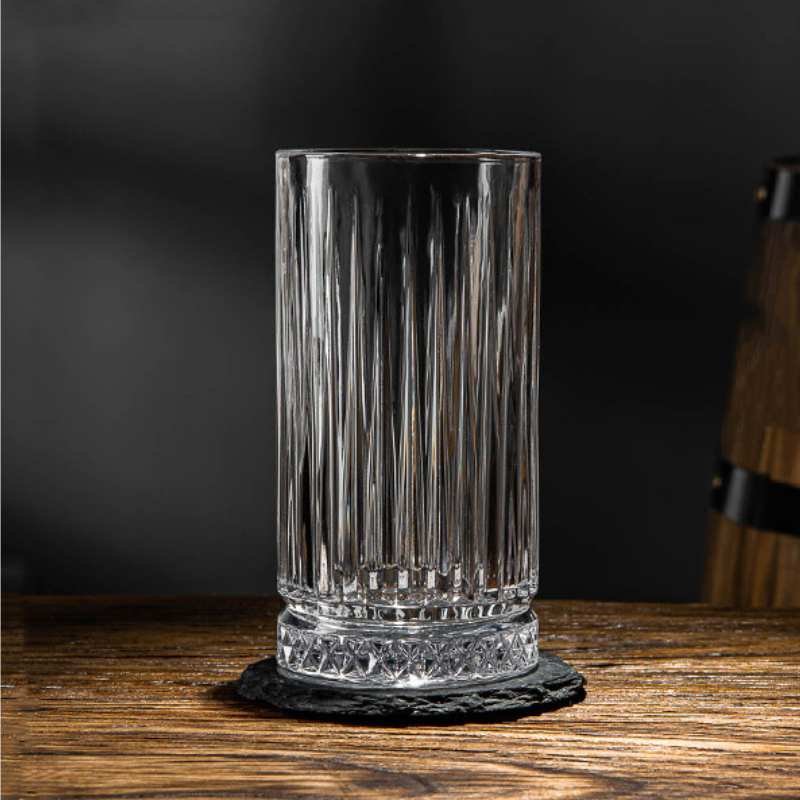
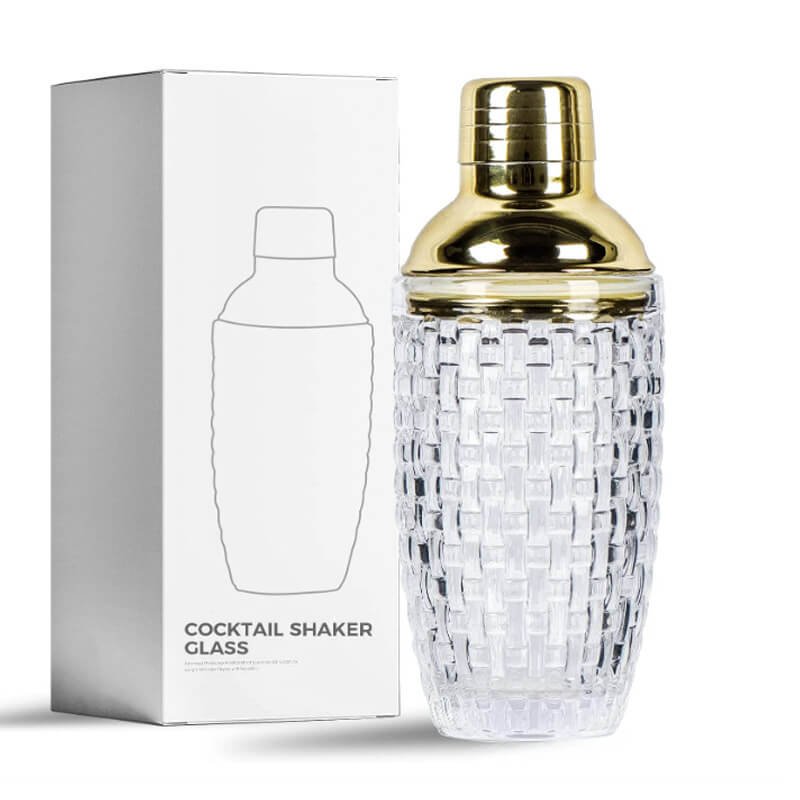
What Is the Size of a Shot Glass?
A standard shot glass typically holds 1.5 ounces (44 ml) in the United States. However, shot glass sizes vary depending on the country and the type of drink being served.
Common Shot Glass Sizes by Region
| Country | Standard Shot Size |
|---|---|
| United States | 1.5 oz (44 ml) |
| United Kingdom | 1.0 oz (25 ml) |
| Canada | 1.5 oz (44 ml) |
| Australia | 1.0 oz (30 ml) |
| Germany | 0.7 oz (20 ml) |
| Japan | 2.0 oz (60 ml) |
Types of Shot Glasses and Their Capacities
| Shot Glass Type | Capacity | Use Case |
|---|---|---|
| Standard Shot Glass | 1.5 oz (44 ml) | Used for straight liquor shots |
| Tall Shot Glass (Shooter) | 2–3 oz (60–90 ml) | Used for layered or mixed shots |
| Double Shot Glass | 2–3 oz (60–90 ml) | Holds twice the standard amount |
| Jigger Glass | 1.5 oz (44 ml) on one side, 1 oz (30 ml) on the other | Used for measuring cocktails |
| Rocks Glass (for sipping shots) | 4–6 oz (120–180 ml) | Used for whiskey or tequila served neat |
Choosing the Right Shot Glass Size
- For traditional shots, a 1.5 oz glass is the best option.
- For mixed shooters, a 2 oz or taller glass works better.
- For stronger drinks like tequila or whiskey, some prefer a larger rocks glass to sip instead of taking a quick shot.
Regardless of the size, shot glasses are essential for measuring and serving spirits accurately, making them a must-have for any bar setup.

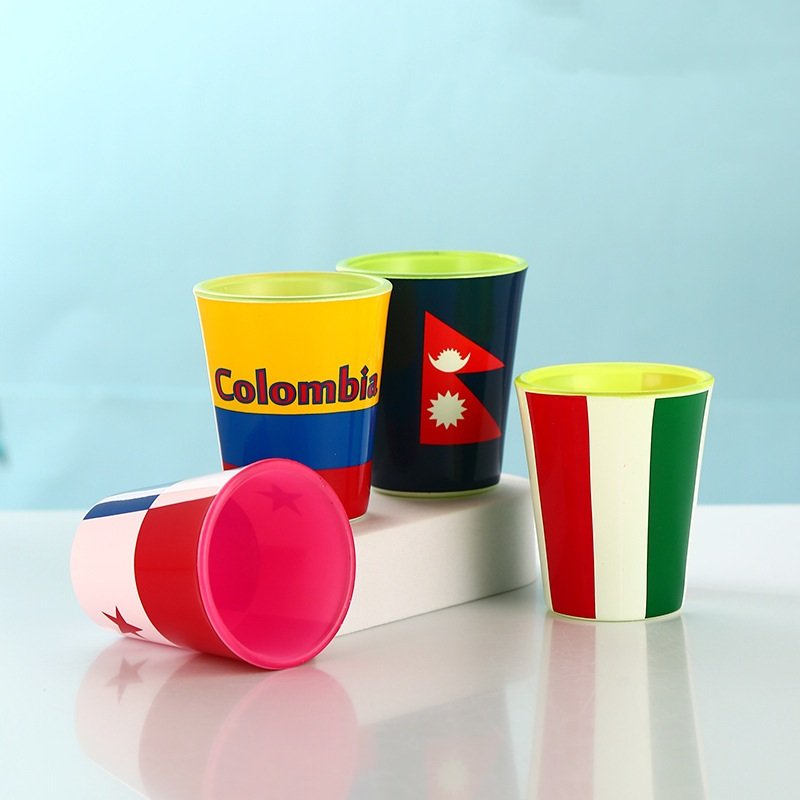
What is the size for a beer glass?
Beer glasses come in various shapes and sizes, designed to enhance the flavor, aroma, and presentation of different beer styles. The standard beer glass size varies by country and type, ranging from 8 to 32 ounces.
Common Beer Glass Sizes by Type
| Glass Type | Capacity (oz/ml) | Best For |
|---|---|---|
| Pint Glass (US) | 16 oz (473 ml) | Most beers (lagers, ales, IPAs) |
| Pint Glass (UK – Imperial Pint) | 20 oz (568 ml) | British ales and stouts |
| Stein/Mug | 16–34 oz (473–1000 ml) | German beers, lagers, and large pours |
| Tulip Glass | 12–16 oz (355–473 ml) | Belgian ales, IPAs, and craft beers |
| Snifter | 8–14 oz (237–414 ml) | Strong beers (barleywines, imperial stouts) |
| Weizen Glass | 16–23 oz (473–680 ml) | Wheat beers (Hefeweizens, Witbiers) |
| Pilsner Glass | 12–16 oz (355–473 ml) | Pilsners and light lagers |
| Stange Glass | 6–10 oz (177–296 ml) | Kölsch and delicate beers |
| Boot Glass (Das Boot) | 32 oz (946 ml) | German festivals and novelty beer drinking |
Most Popular Beer Glass Sizes
- 16 oz Pint Glass – The most common beer glass in the U.S.
- 20 oz Imperial Pint – Standard for British ales and Guinness.
- 12–16 oz Tulip or Pilsner Glass – Preferred for craft and specialty beers.
- 22–34 oz Stein/Mug – Great for large servings at beer festivals.
Choosing the Right Beer Glass Size
- For casual beer drinking: A 16 oz pint glass is the go-to choice.
- For craft and specialty beers: A 12–16 oz tulip or pilsner glass enhances aroma and flavor.
- For traditional German beers: A 20+ oz stein or weizen glass is preferred.
The right beer glass size can improve the drinking experience, helping to preserve foam, enhance aromas, and keep your beer at the perfect temperature.
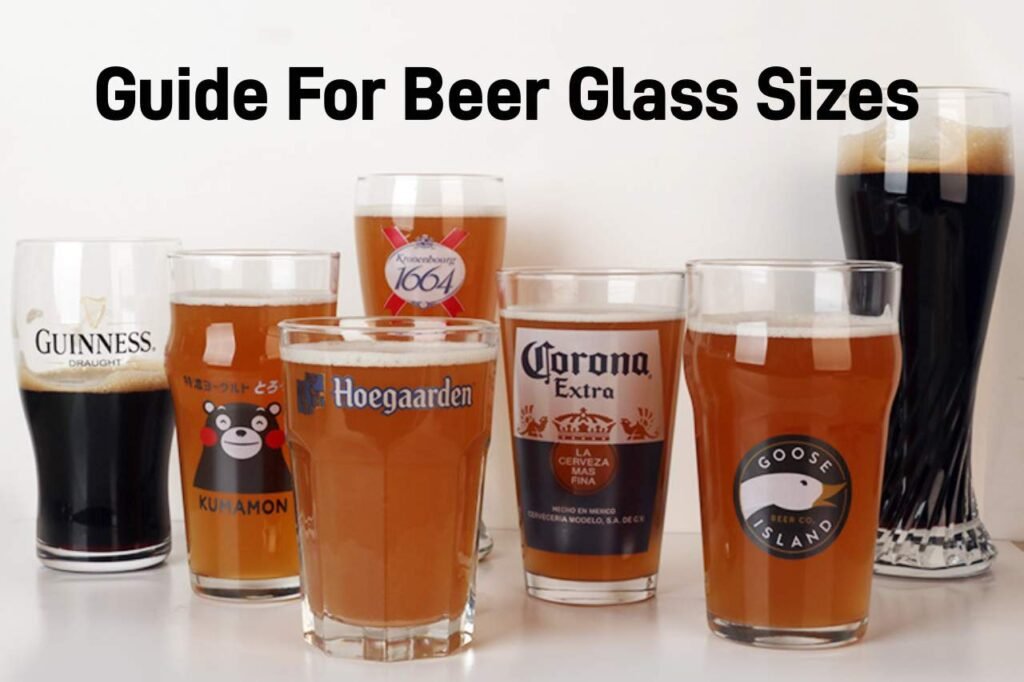
DM Glassware is providing custom glasswares for various occasions.
Our main products are machine-made glasswares, glass cups, glass drinkwares and tablewares for home and kitchen use. Such glasses like glass tumblers, glass mugs, whiskey glasses, shot glasses, glass candy jars, glass bowls, beer glasses, etc.
We also recommend the most suitable packaging method based on different sales types, such as different display boxes, adding stickers, tags, etc.

